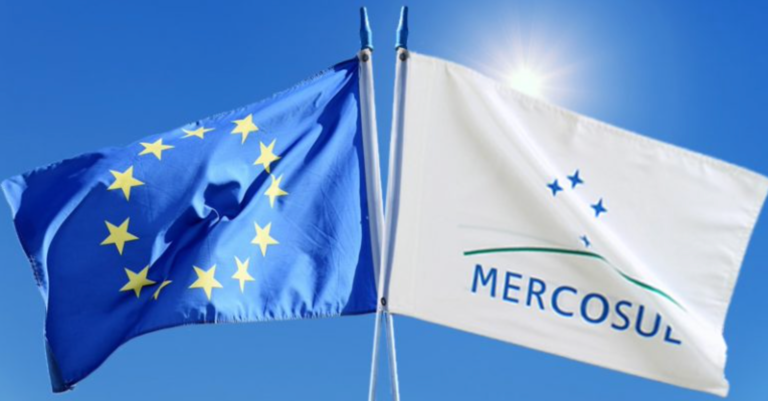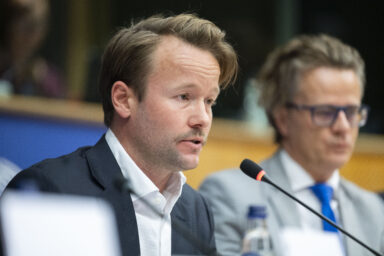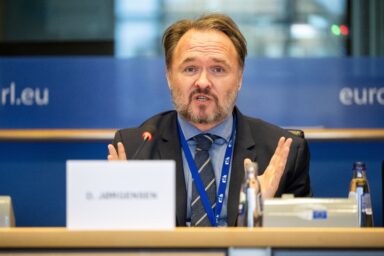The Commission is to approve the EU-Mercosur free trade agreement—one of the biggest deals of its kind in the whole world—for ratification on Monday, June 30. However, it remains unclear which of the two potential ratification scenarios will apply.
The European Union announced the deal with Mercosur, the South American bloc comprising Argentina, Bolivia, Brazil, Paraguay, and Uruguay, 6 December, 2024. Although it took more than 25 years to come to this point (original talks began as early as 1999), the mission is not yet accomplished, as the agreement requires ratification on both sides.
Once in effect, the agreement will cover some 750 million people and is likely to have a significant impact on the economic environment on both sides of the Atlantic. The EU hopes that it will make it easier for European companies to sell goods and services in South America and secure sustainable access to raw materials not available in Europe, and also support investments of EU firms.
Single agreement, or a mixed one?
On the part of the EU, three possible ratification scenarios of the Mercosur deal may unfold. The agreement may take the shape of a so-called mixed agreement featuring provisions on competences shared between the EU and its member states. It is also conceivable that the agreement should come in two distinct deals (one EU-only, one mixed); those could either enter into force consecutively, or could co-exist as legally separate agreements after ratification. The third option involves a split into several mixed agreements, along with one separate EU-only deal (modelled after the recent EU-Singapore agreement).
Unlike EU-only agreements, mixed agreements require more than a mere Council ratification and European Parliament consent. Ratification by EU member states in accordance with their constitutional requirements is also necessary.
You might be interested
How Donald Trump helped the deal
Farmers in several EU member states have long opposed the EU-Mercosur deal, fearing competition from cheap Brazilian or Argentinian beef, the production of which allegedly adheres to lower environmental standards than the EU. France (and Poland) have been especially vocal in this context. As recently as in February 2025, President Emmanuel Macron was threatening to find enough allies in the EU to prevent Brussels from finalising the deal.
Trade agreements between the EU and other economies including Mercosur could further reduce tariff shocks linked to US trade policy. – François Villeroy de Galhau, Bank of France’s Governor
Since then, however, resistance against the EU-Mercosur agreement has diminished. Many have realised the deal could be a sort of a strategic response to growing economic uncertainty sparked by US President Donald Trump’s tariff wars. “Existing and future trade agreements between the EU and other economies including Mercosur could further reduce tariff shocks linked to US trade policy,” François Villeroy de Galhau, Bank of France’s Governor, recently wrote in a letter to President Macron.
Protection for EU standards
The agreement opens up the EU market to goods from Mercosur countries, but also sets quotas for imports to the EU of sensitive agricultural products such as beef, ethanol, pork, honey, sugar, and poultry. It also stipulates that all imported food must comply with the EU’s sanitary and phytosanitary standards (SPS). In other words, EU rules will keep applying to all products sold in the EU, whether produced domestically or imported.
Under the agreement, EU remains fully independent in regulating new SPS standards in the interest of EU citizens’ health. The deal also includes the so-called precautionary principle. It allows Brussels to take measures to protect the health of EU citizens should scientific evidence (on whether imported food is safe or not) be inconclusive.










